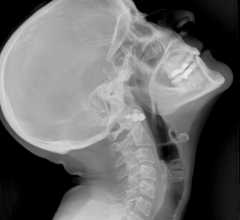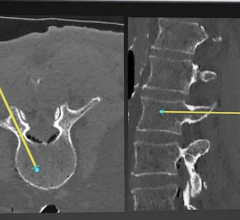
December 28, 2015 — Crouse Hospital in Syracuse, N.Y., is designing a new emergency department that does not include what was once considered standard equipment — an X-ray room. When the hospital’s Director of Radiology Brad Hellwig looked at the initial drawings, he realized a portable digital radiography (DR)-based system could capture the most common X-ray exams performed on incoming patients who are not in critical condition.
“We purchased a Carestream DRX-Revolution Mobile X-ray System for our new ED because it is easy to maneuver and enables technologists to quickly and easily capture high-quality images of seriously ill or injured patients,” he reports. “Physicians can view images in seconds and the system also has special software that enhances visualization of tubes and lines, which is especially important for urgent care patients,” Hellwig said.
“Most ED patients have X-ray exams on their chest, abdomen, arms, legs and other extremities. I realized we don’t really need an X-ray room in the ED. We can use the portable DR system to perform these exams. Images will be available for review by physicians in seconds and we will be able to use that space for more productive purposes,” he adds.
Plans call for the ED to be equipped with a CT system. An MR system is located in an adjacent area. Patients requiring cross-table, C-spine or other complex X-ray exams can be quickly transported to the hospital’s radiology department.
The hospital’s staff expects building to begin on the new ED in 2016 and current plans call for its clinical space to be more than 51,000 square feet. The current ED is 17,500 square feet. Crouse Hospital has the busiest ED in Syracuse and captures almost 23,000 X-ray exams a year.
The hospital’s first DRX-Revolution system was installed for use in its 57-bed NICU, which is a regional referral center for high-risk neonatal ICU patients. That system is also used for portable exams in the ICU and other areas of the hospital. “The DRX-Revolution has proven to be extremely reliable, easy to use and offers advanced features that help both physicians and technologists deliver better patient care,” Hellwig notes.
The second DRX-Revolution system is currently being used for portable exams throughout the hospital and will be moved to the new ED when it is opened.
The DRX-Revolution is a versatile mobile X-ray system that features a small footprint, exceptional maneuverability, excellent image quality and wireless communication of X-ray exams.
For more information: www.crouse.org


 July 18, 2024
July 18, 2024 







